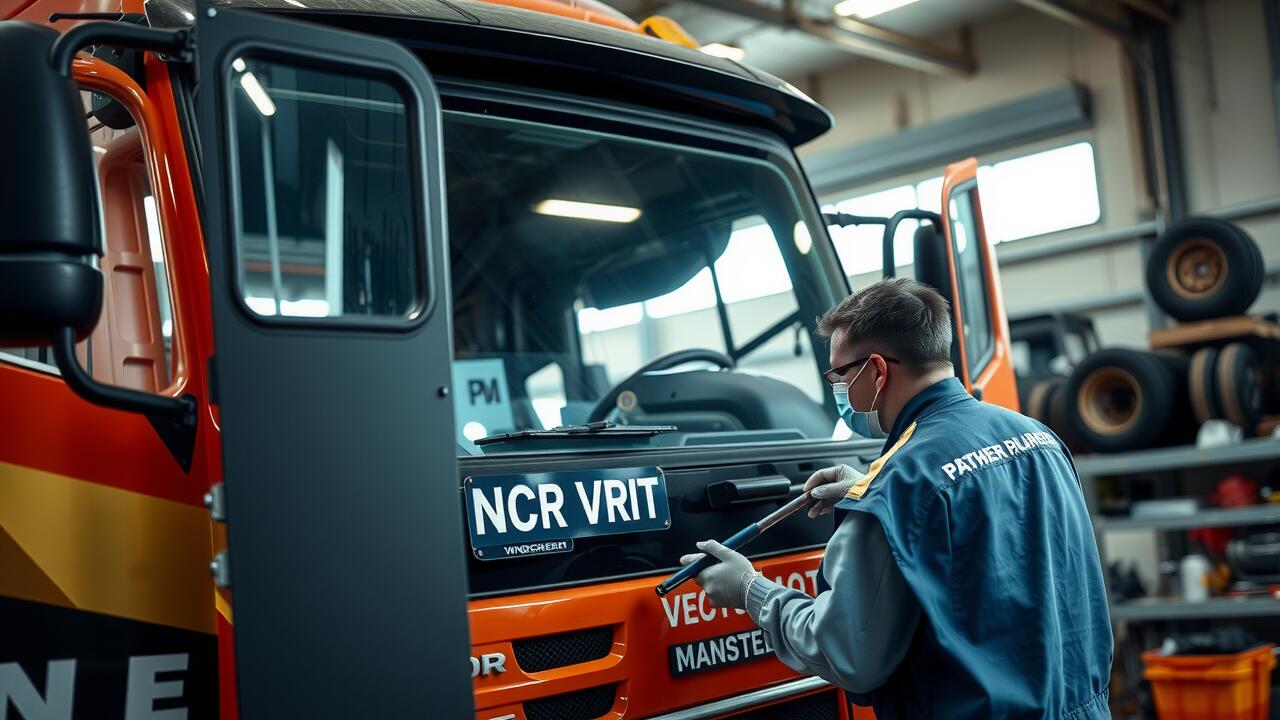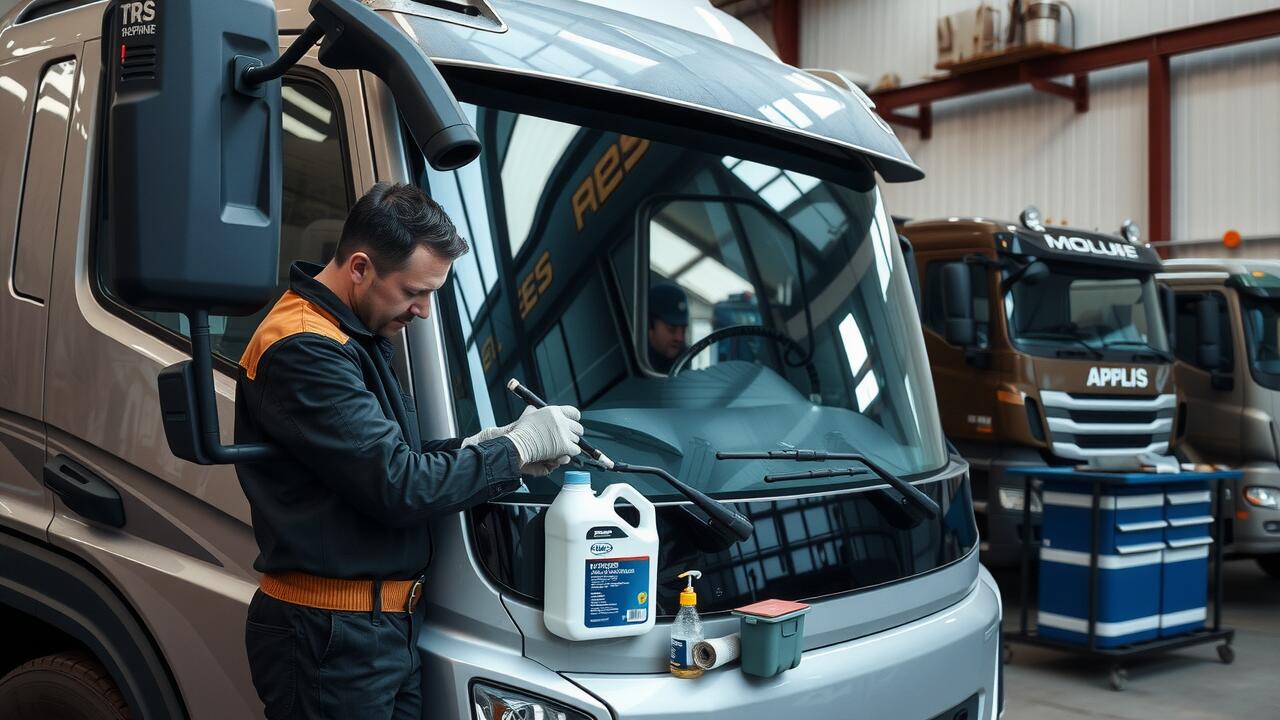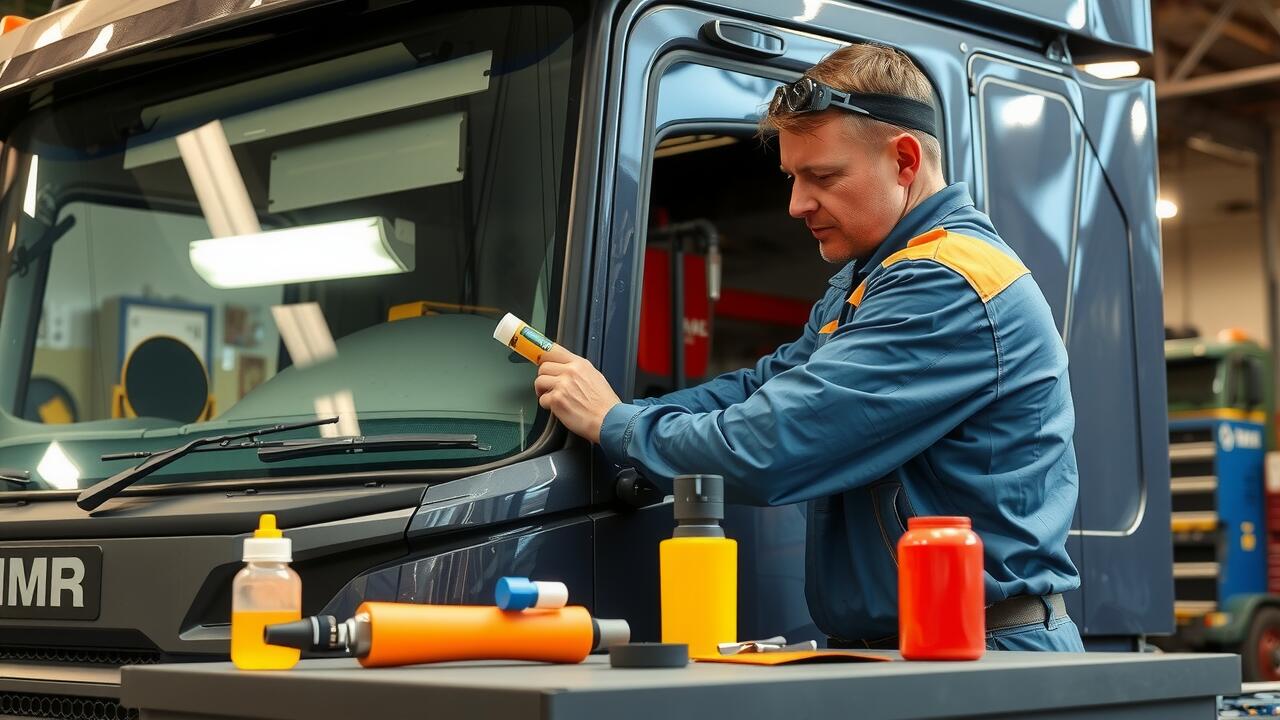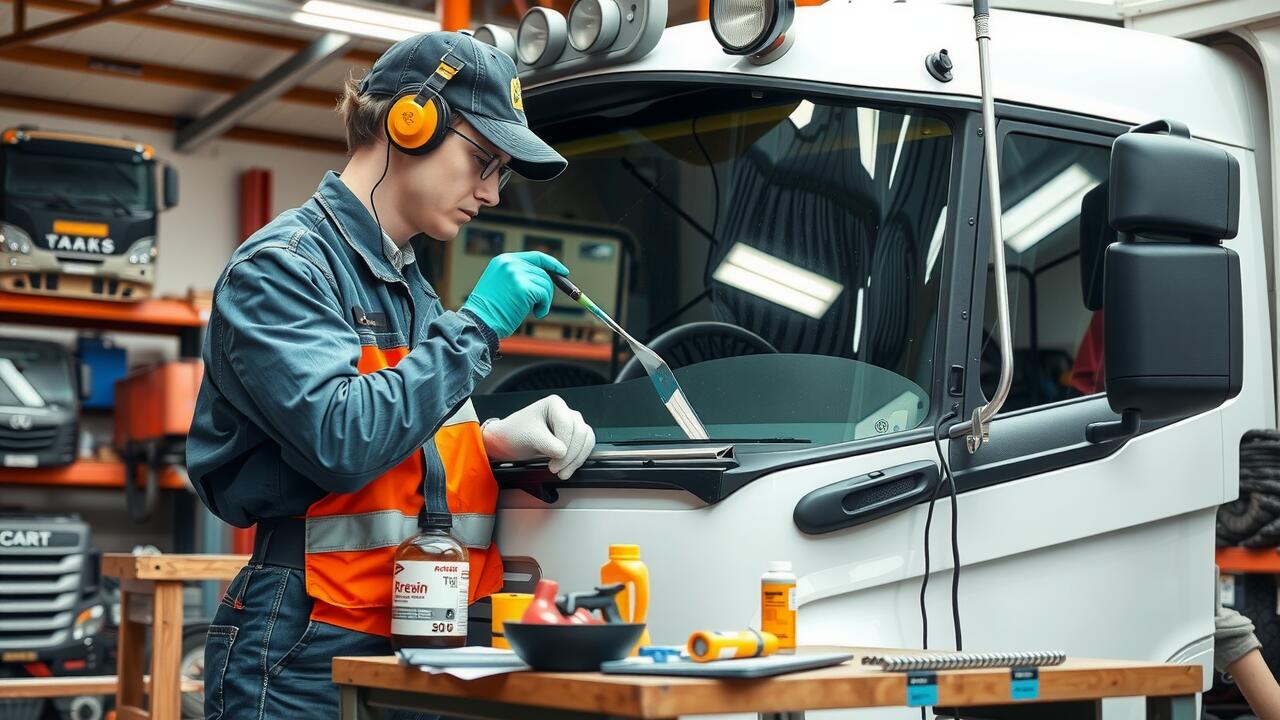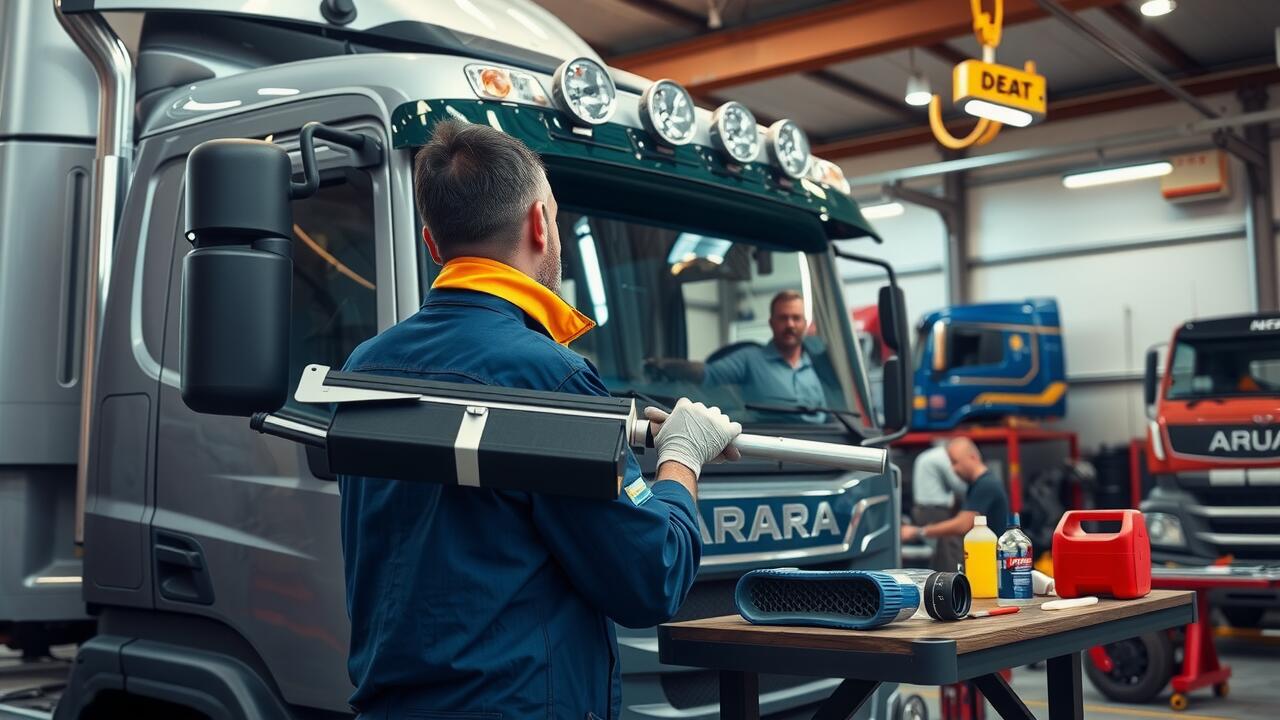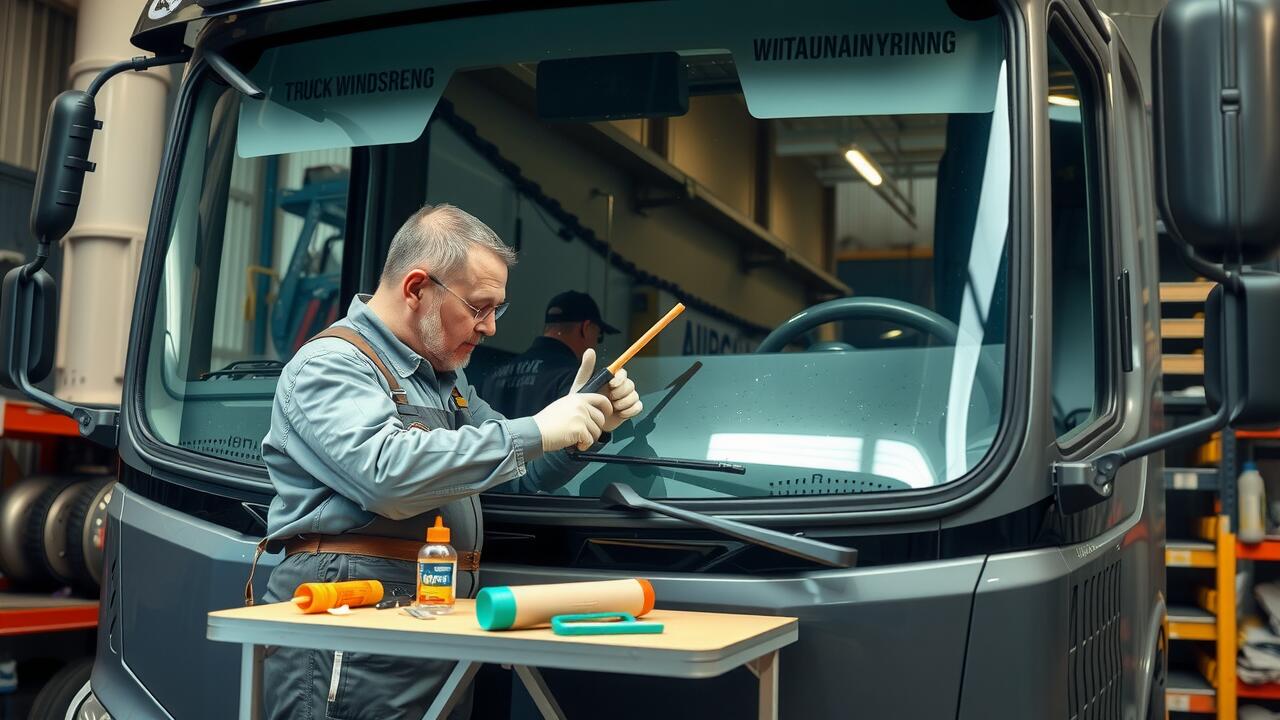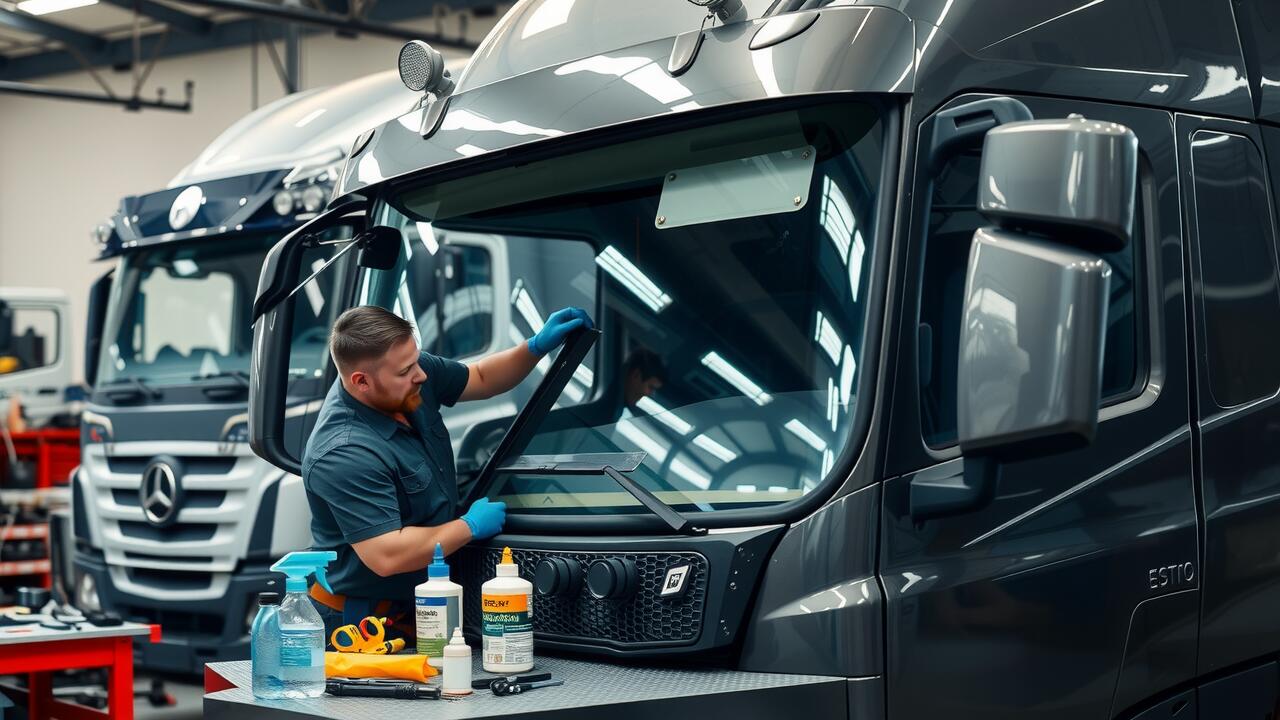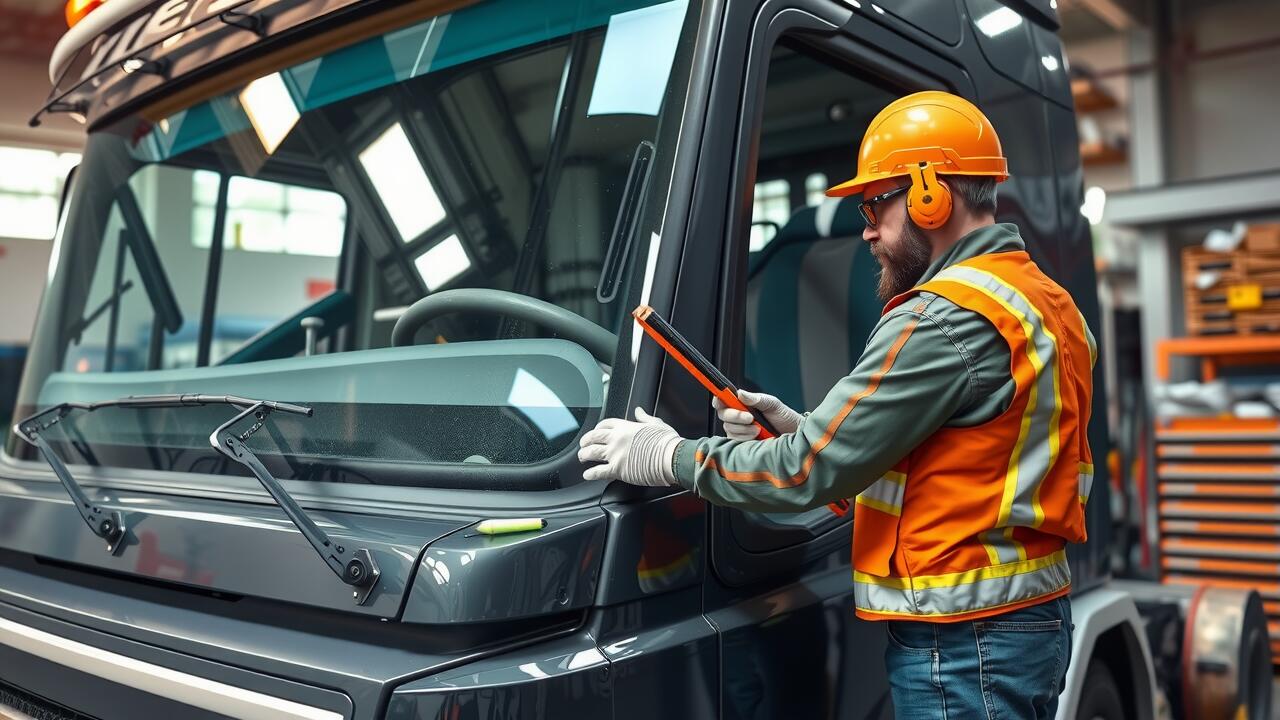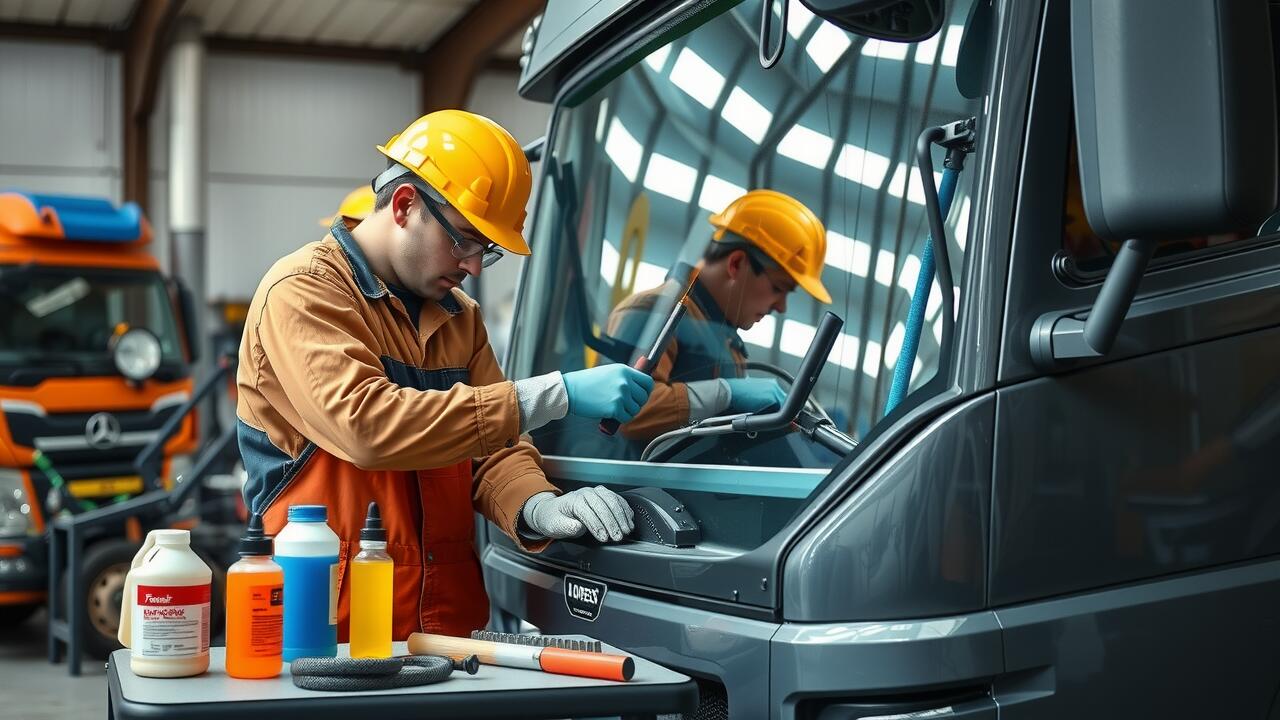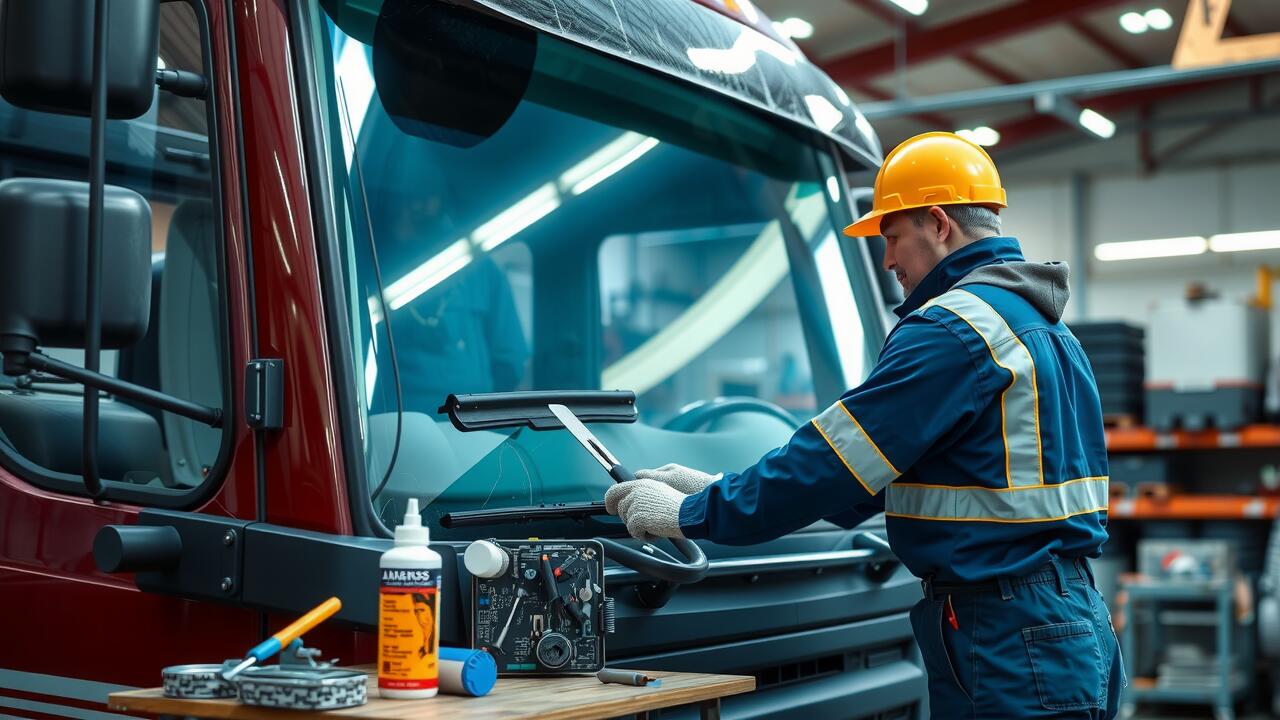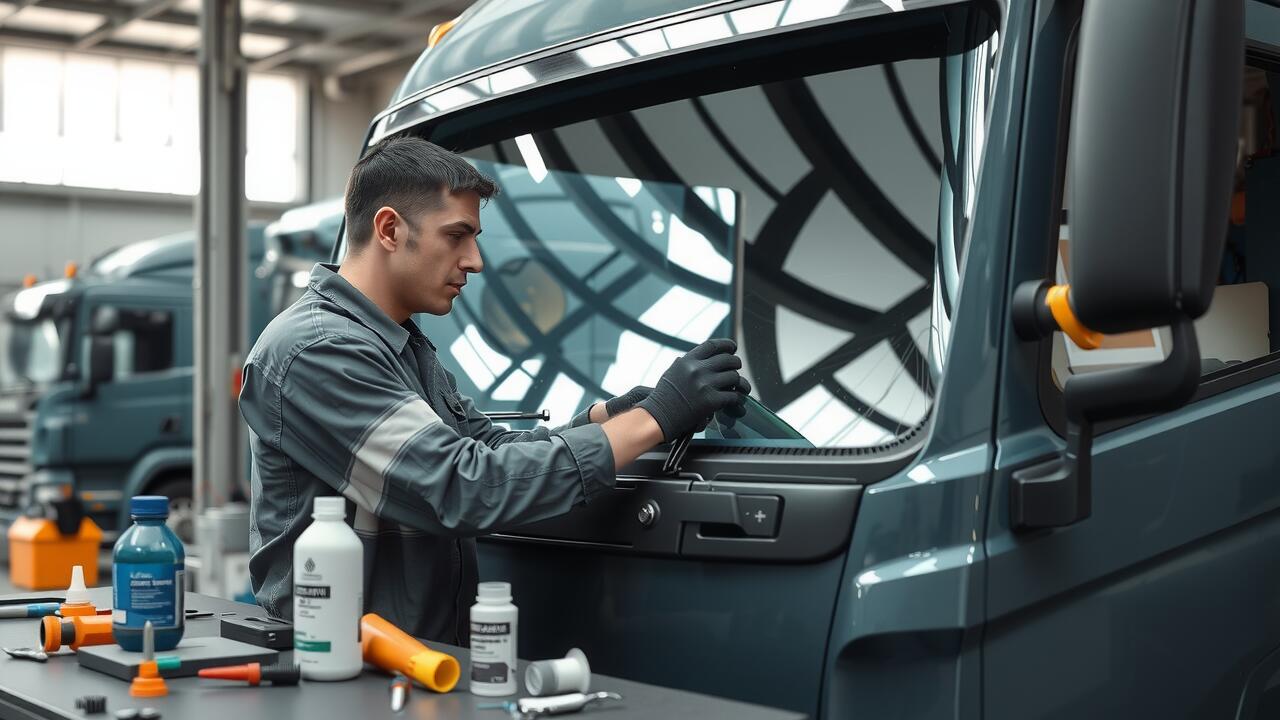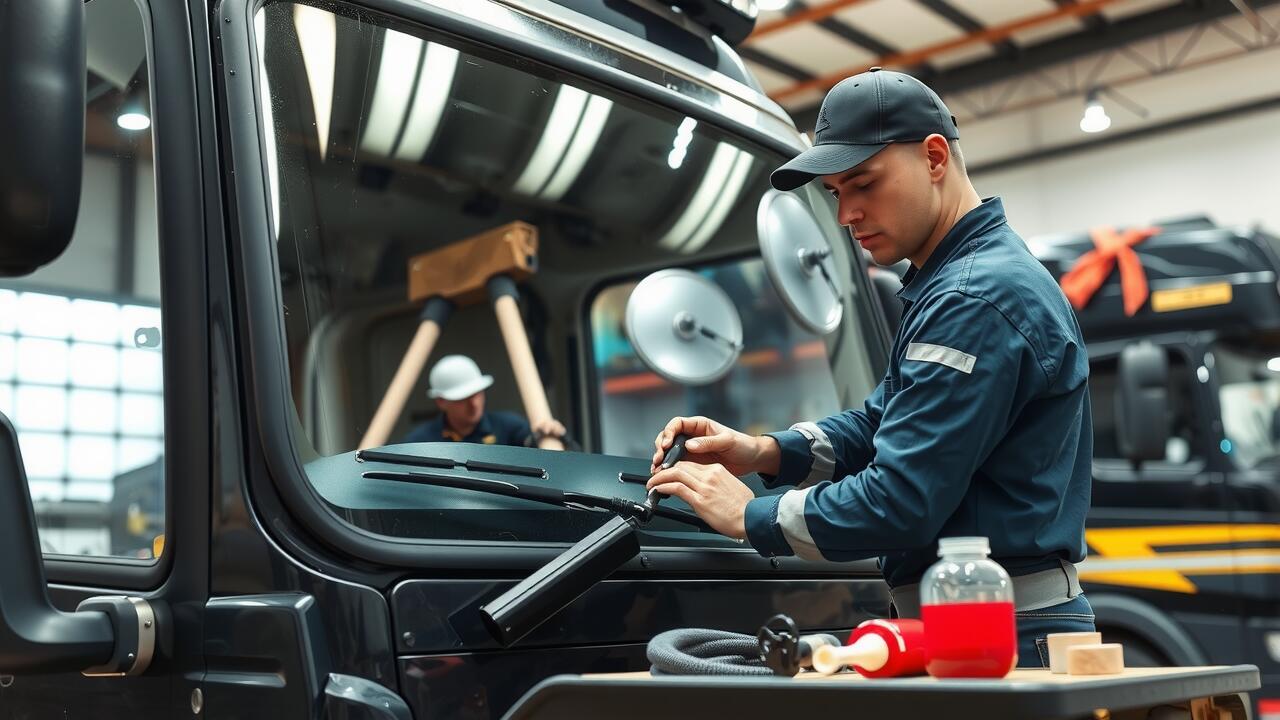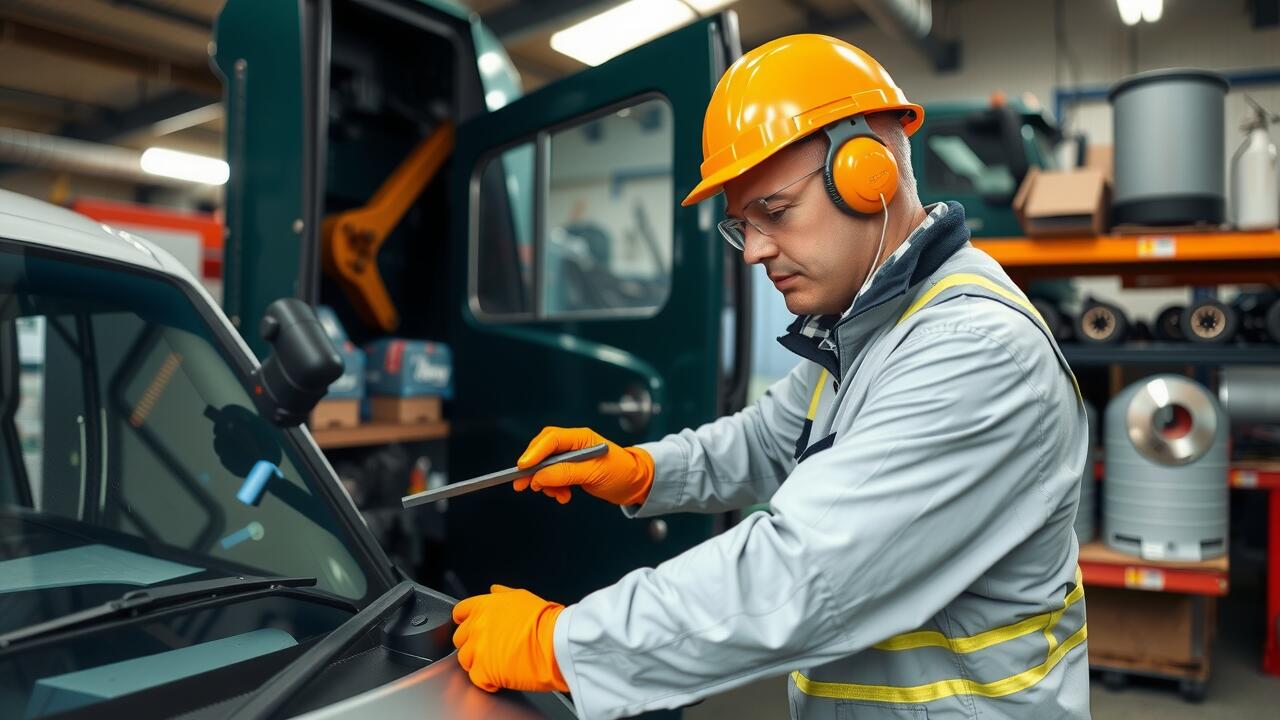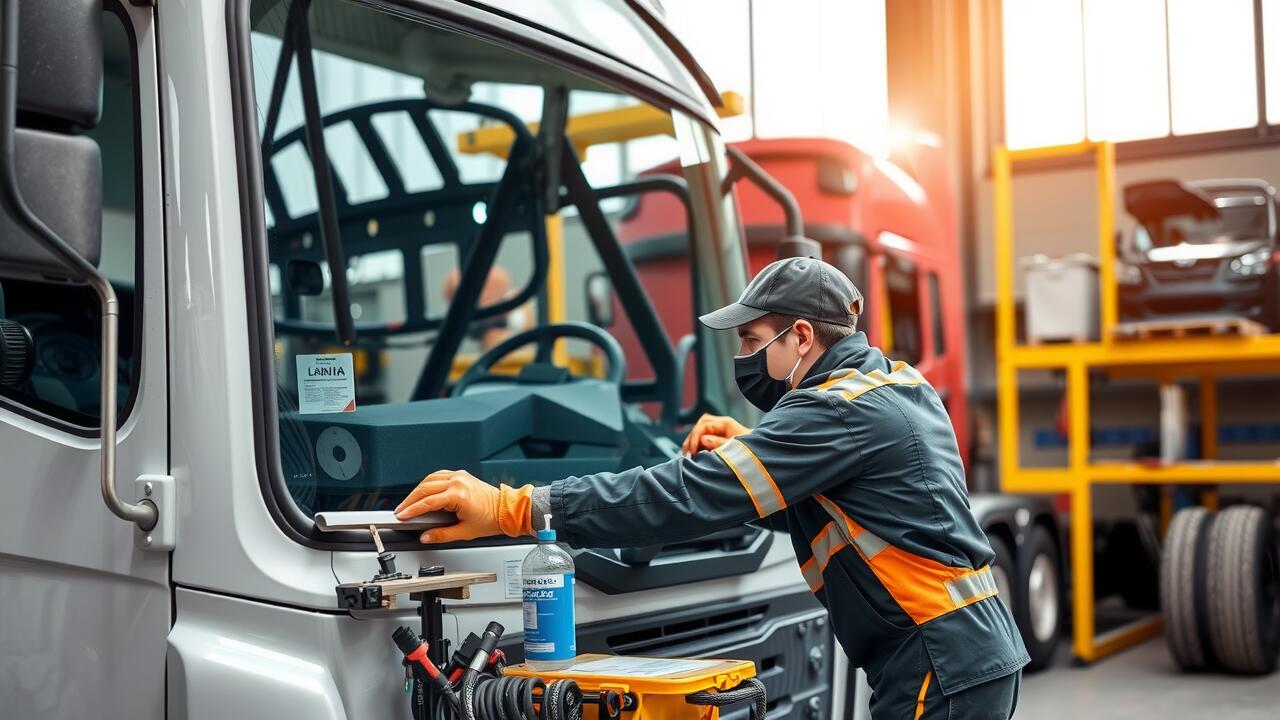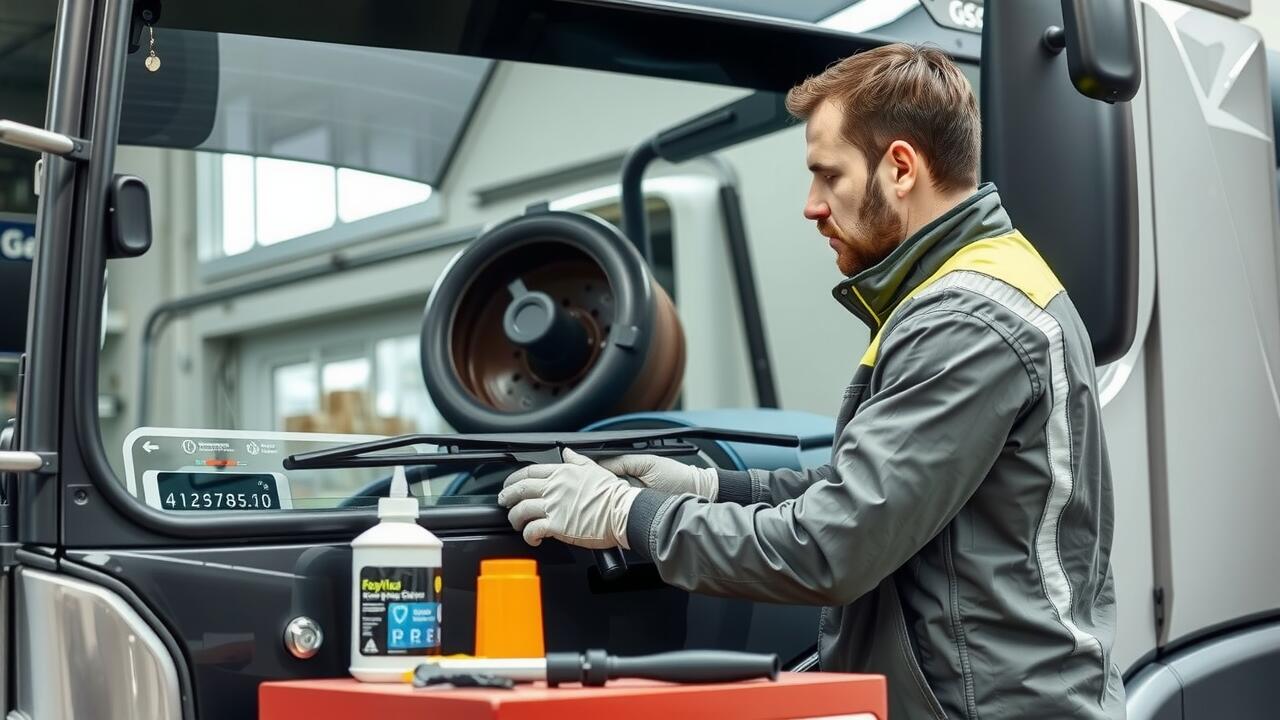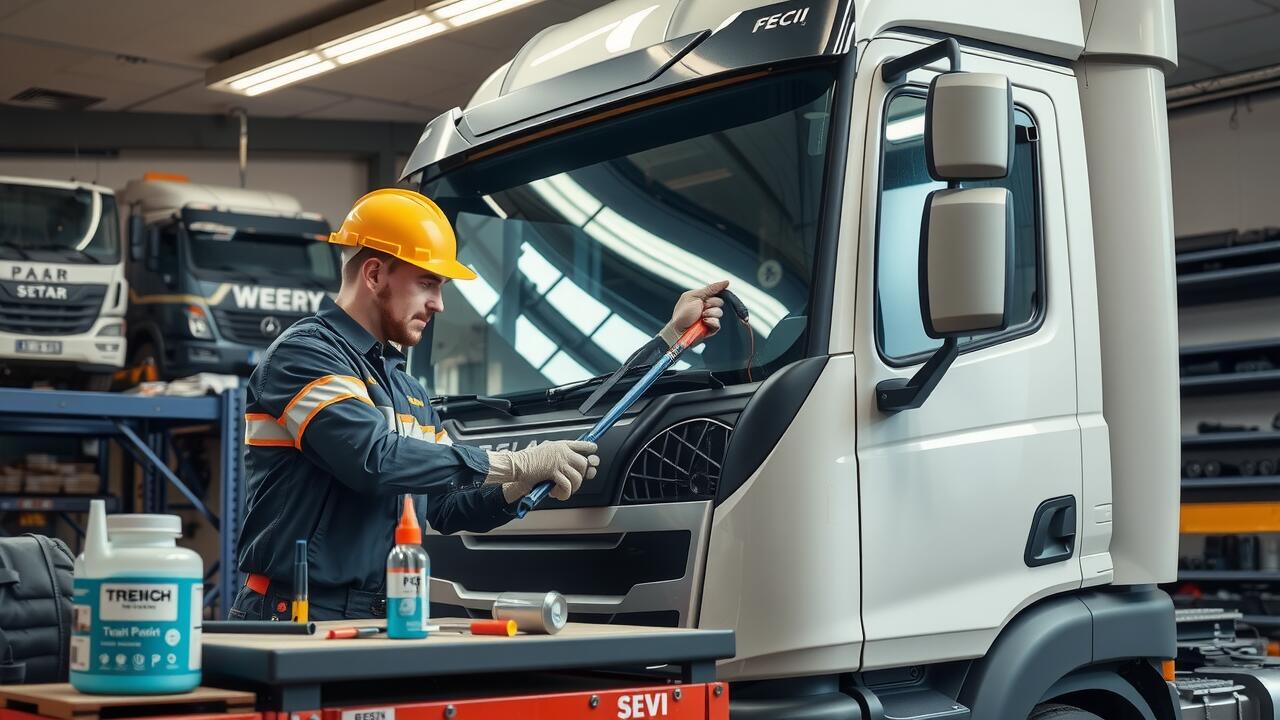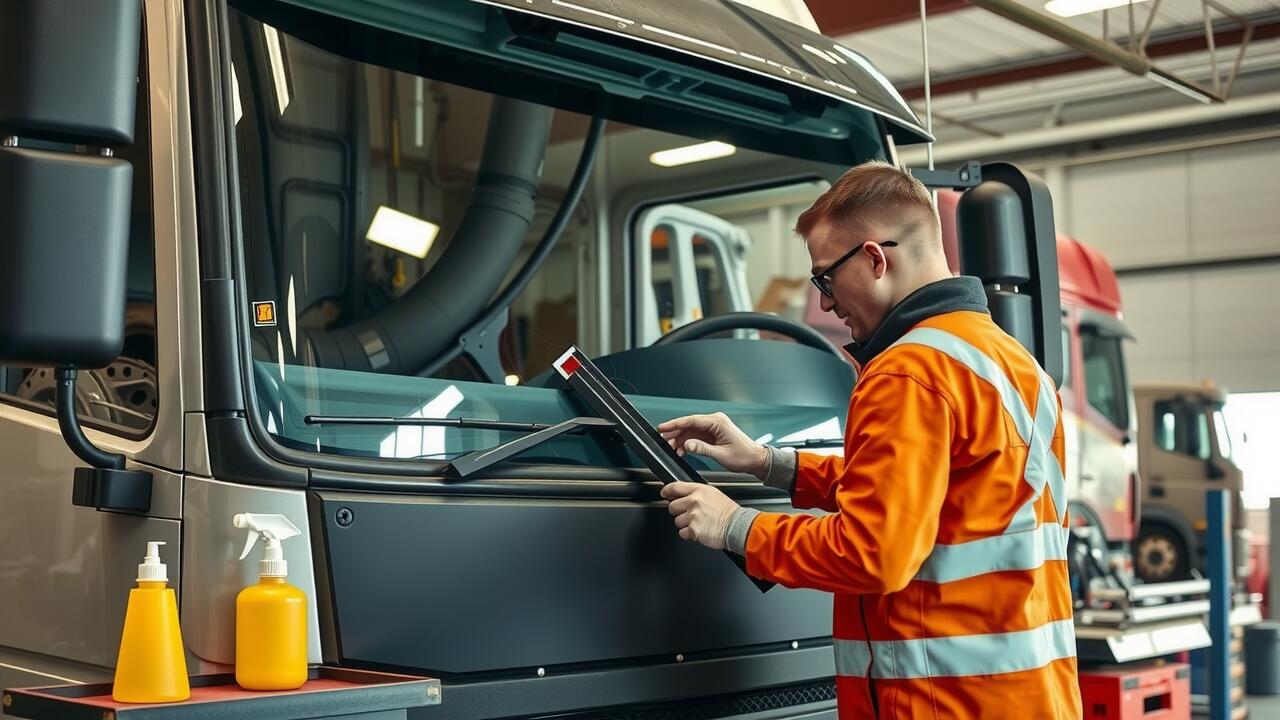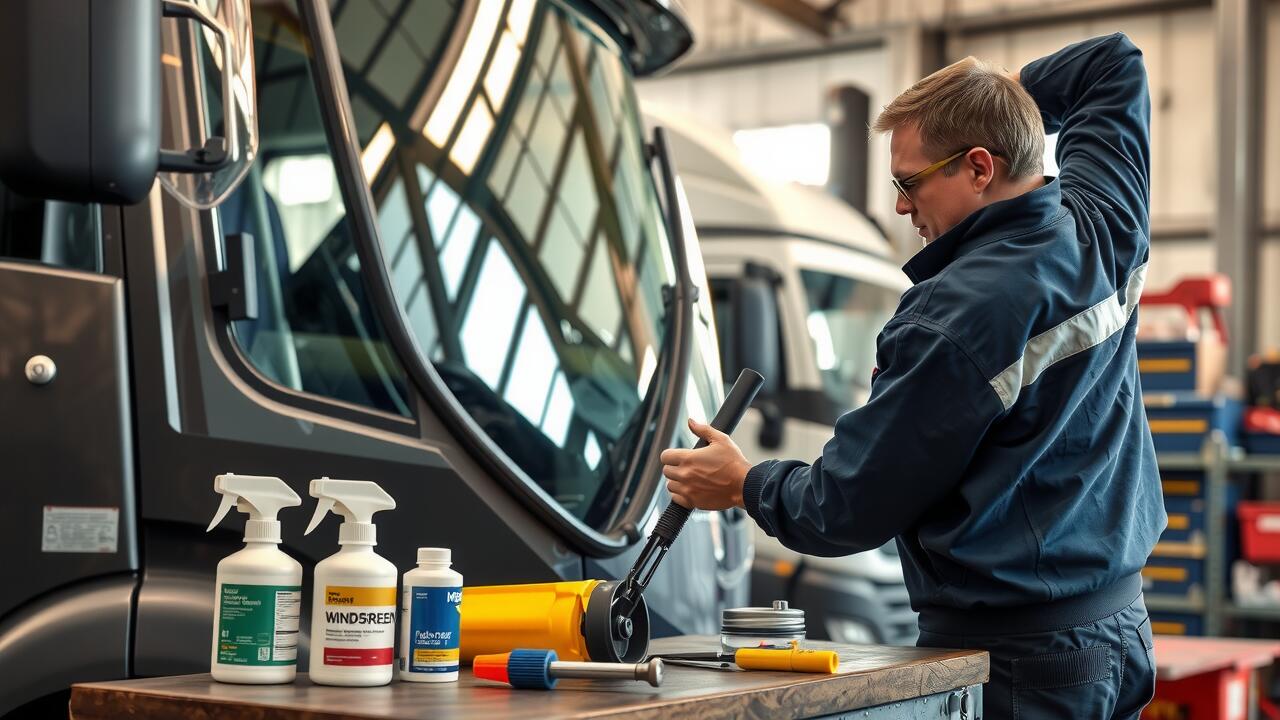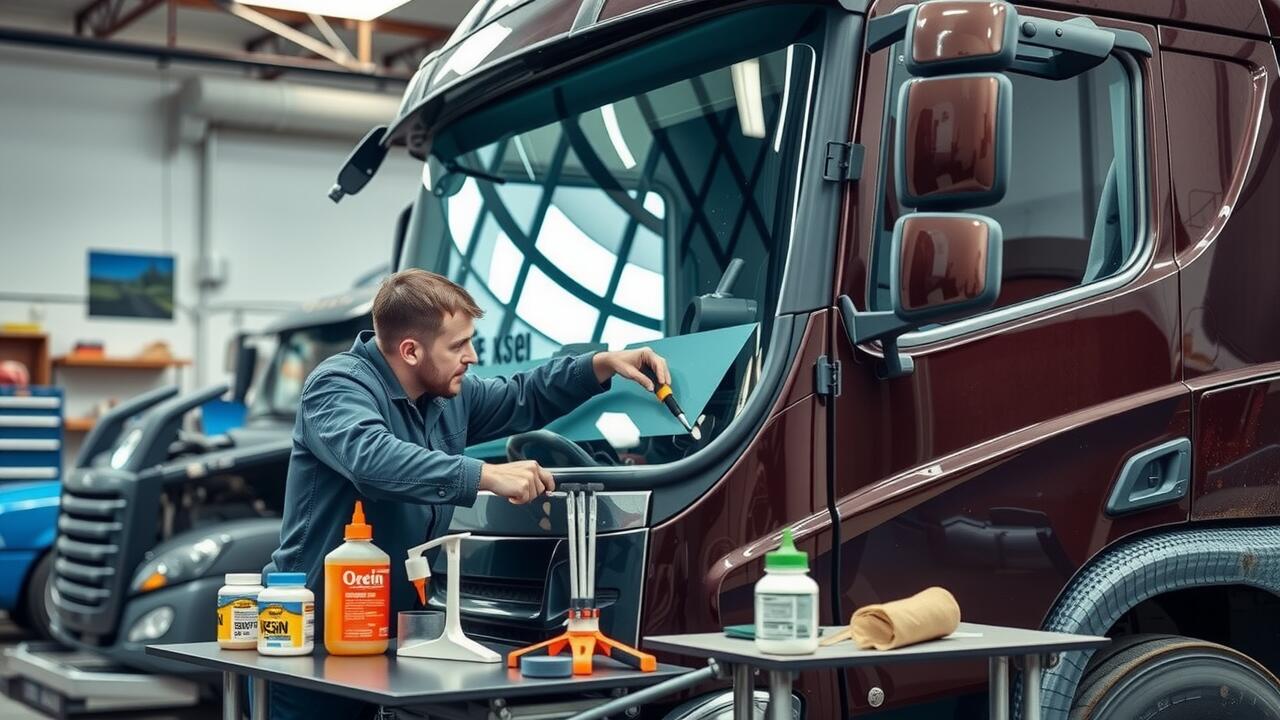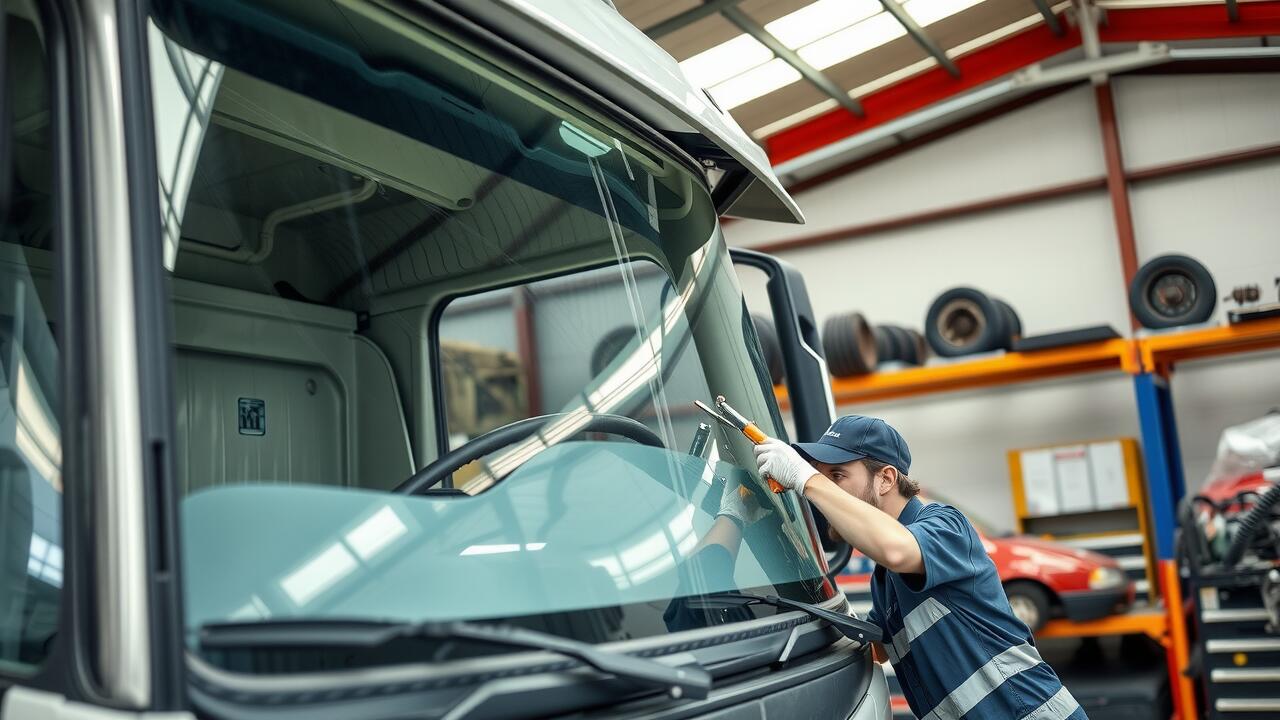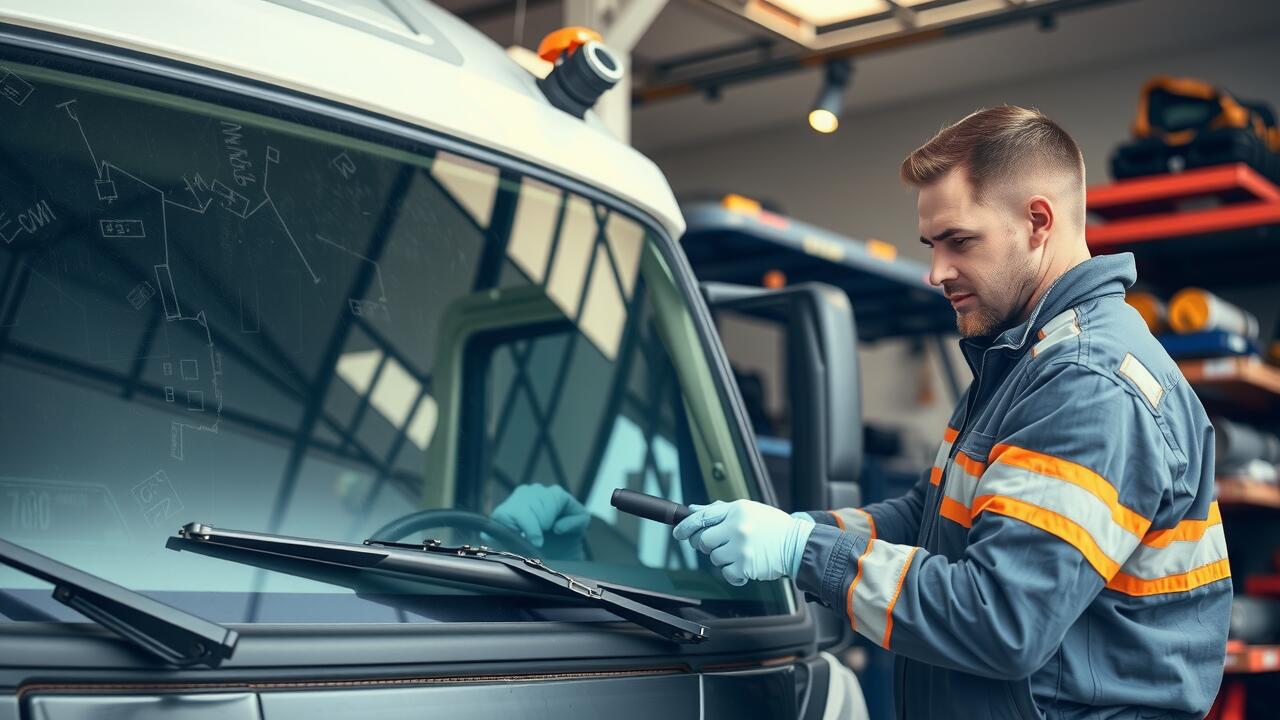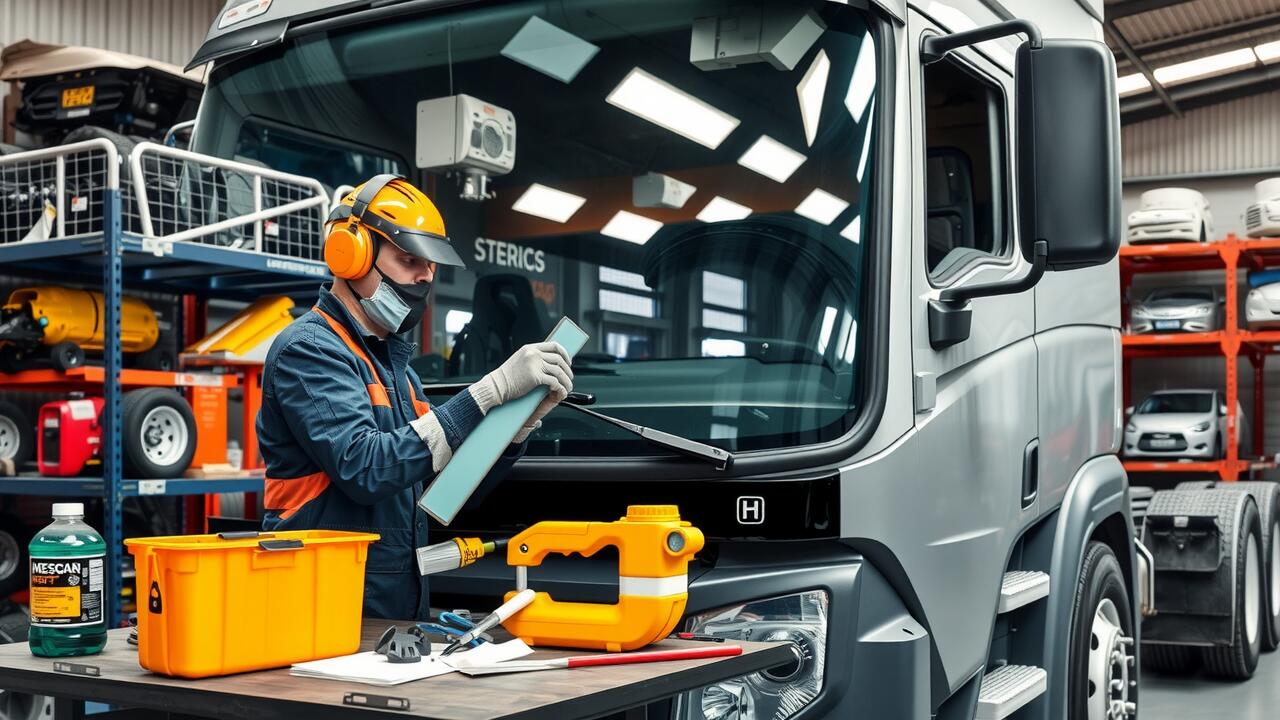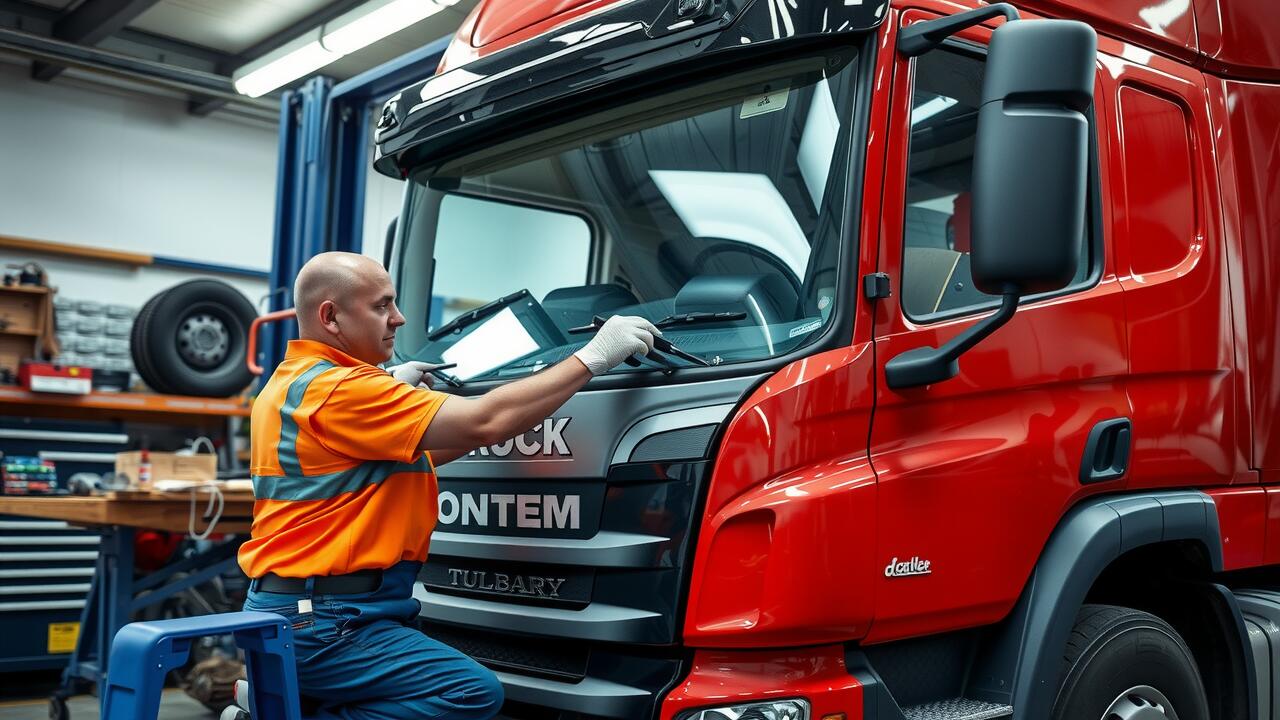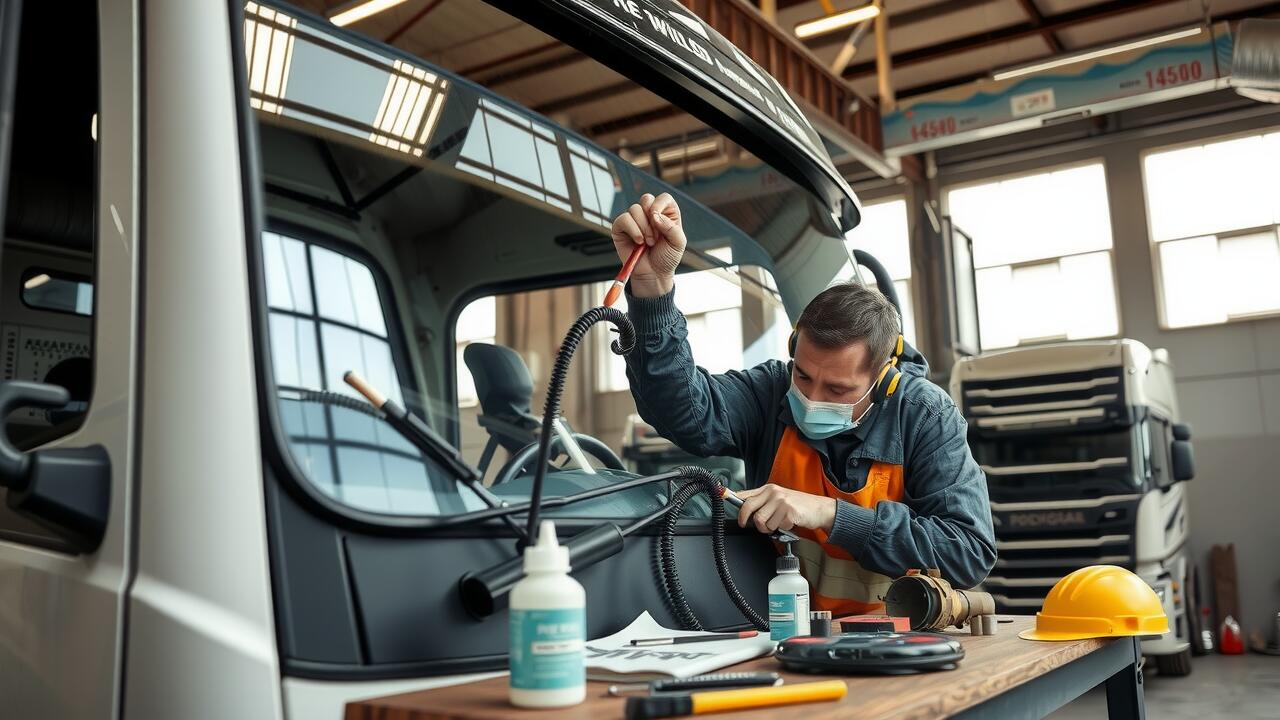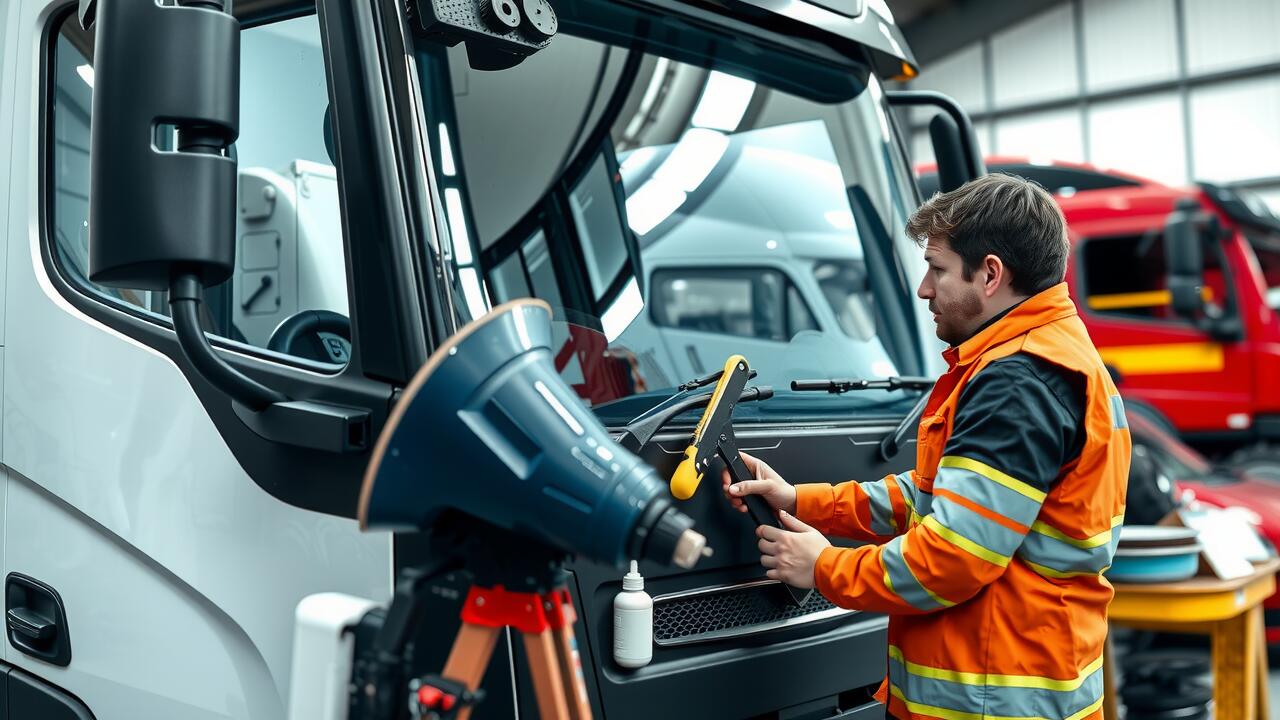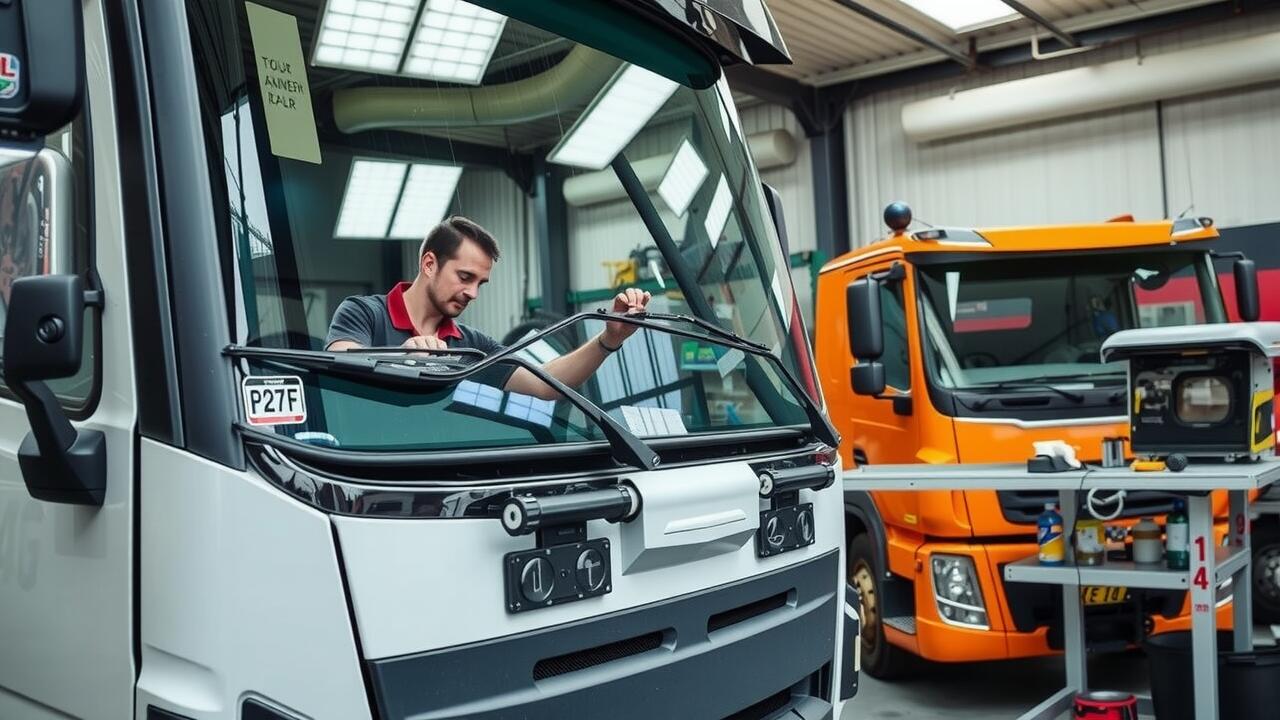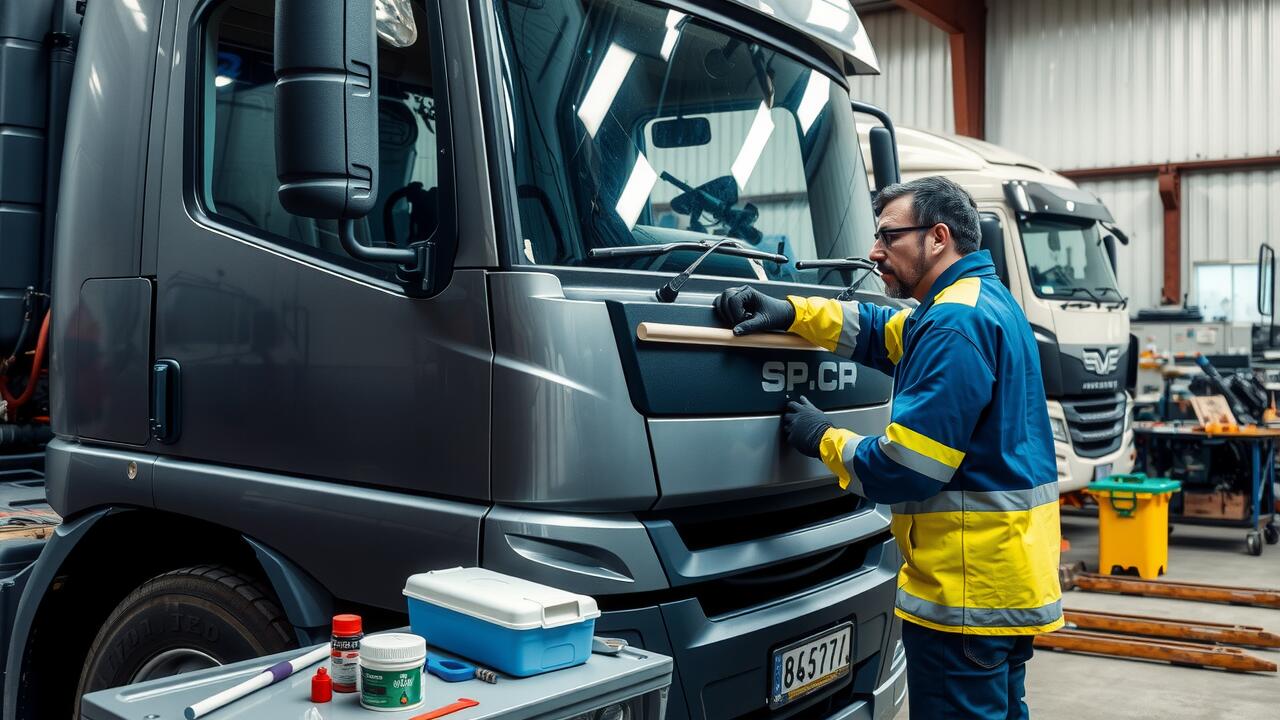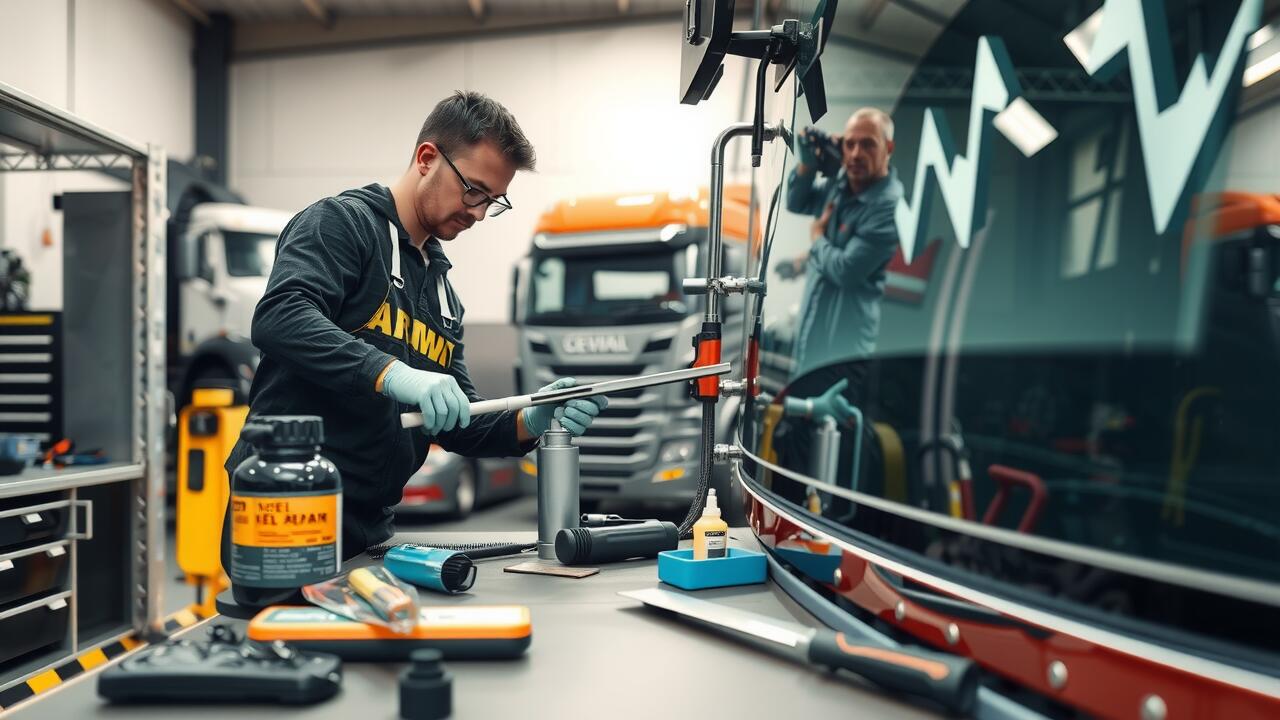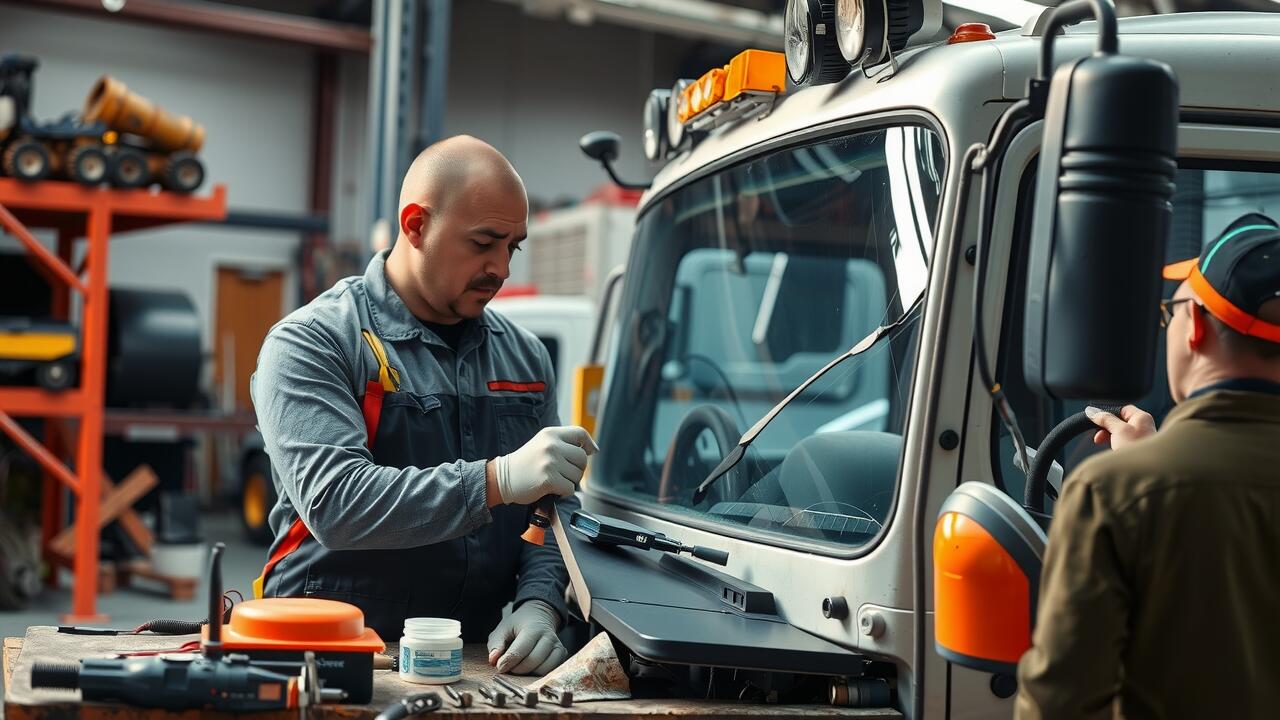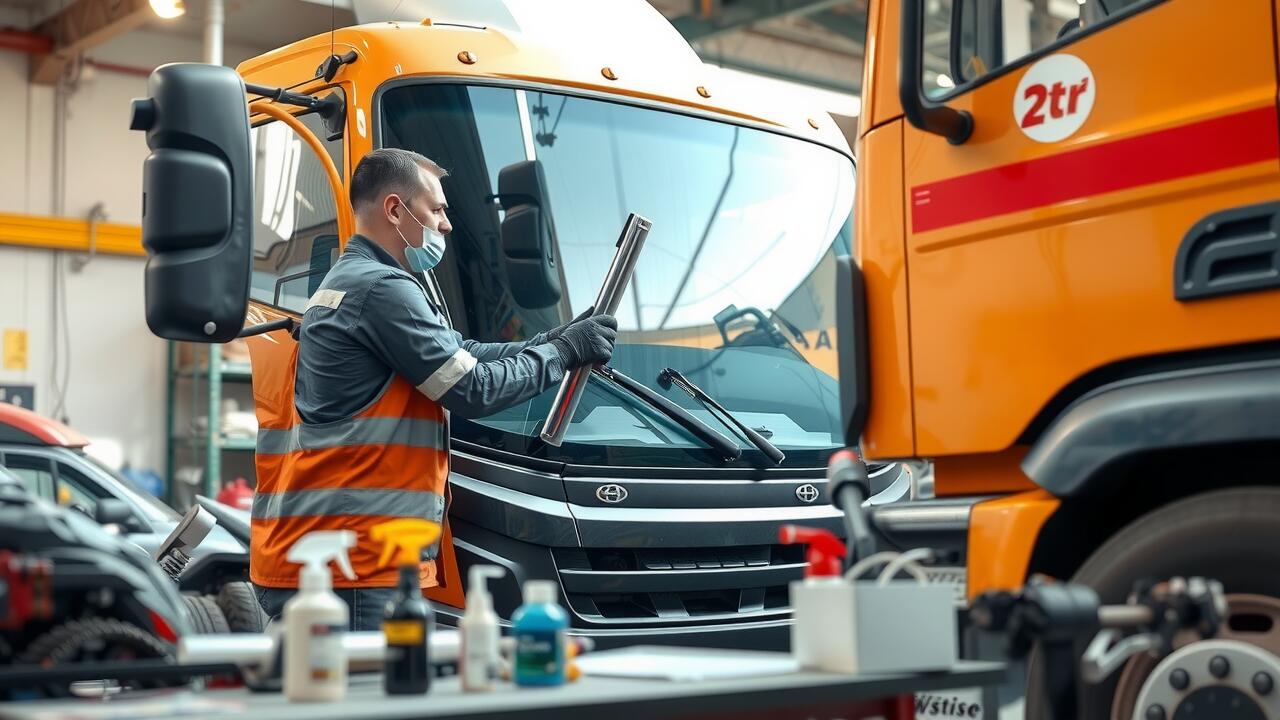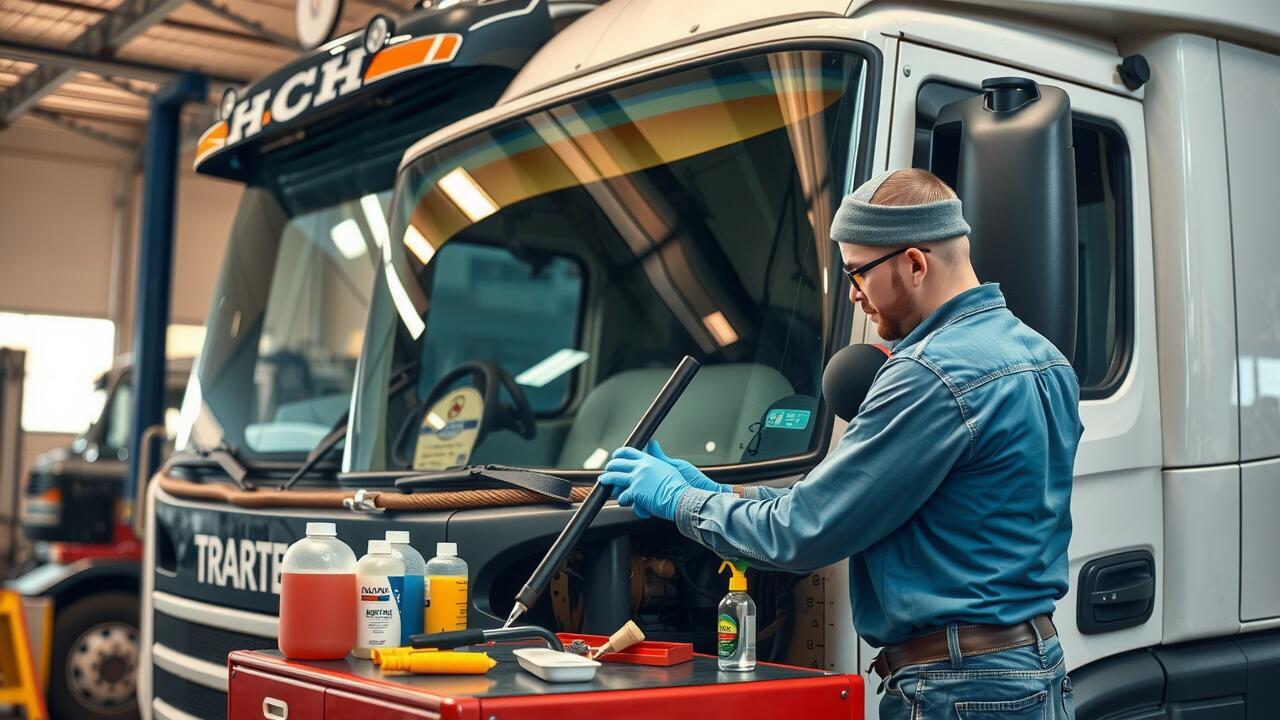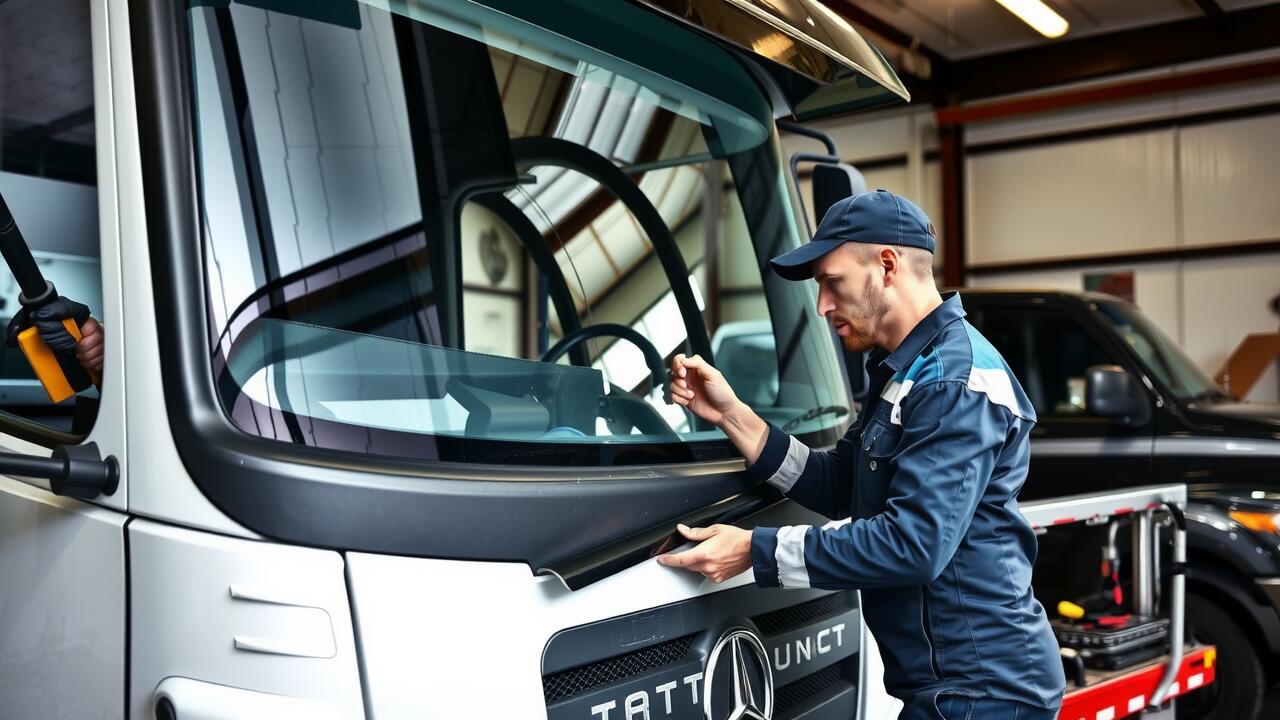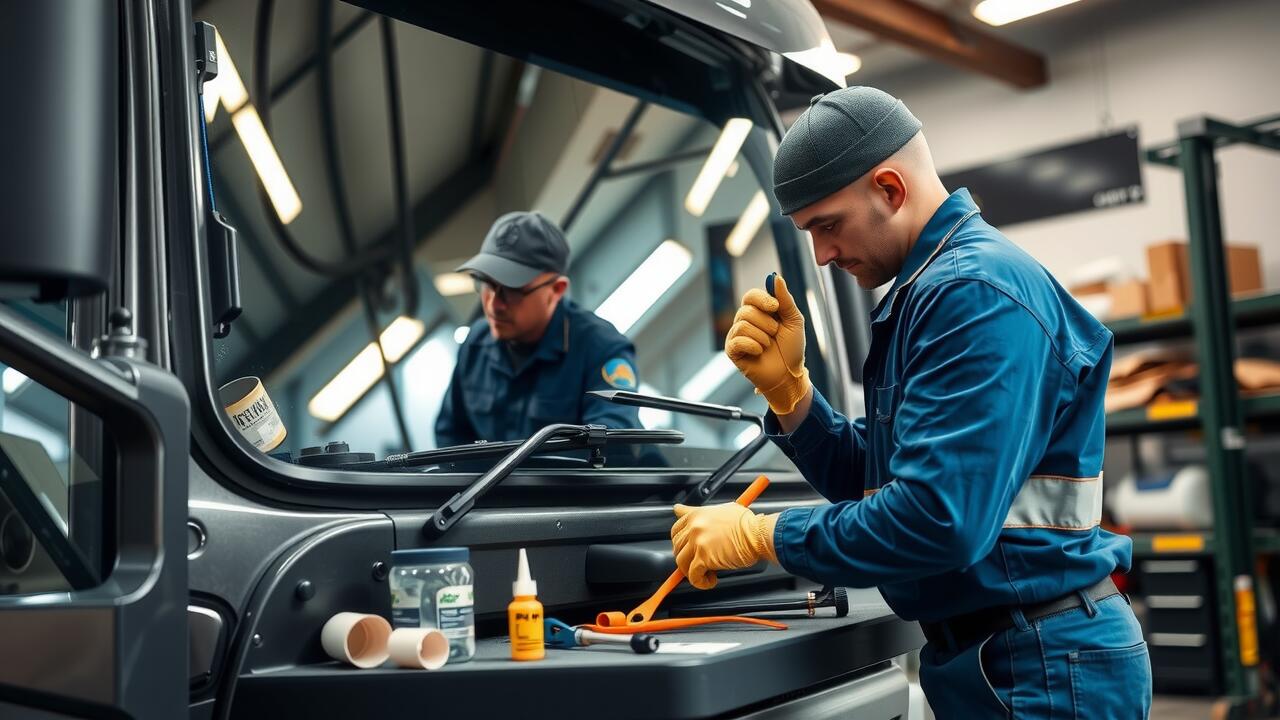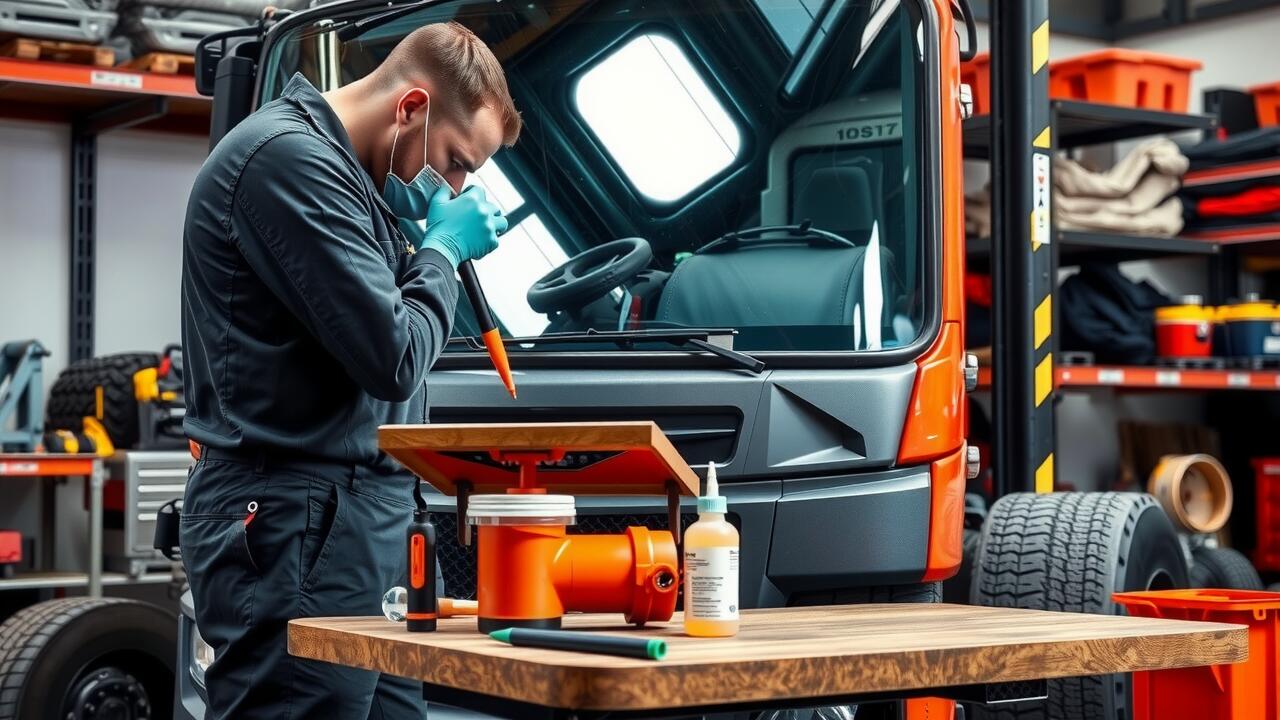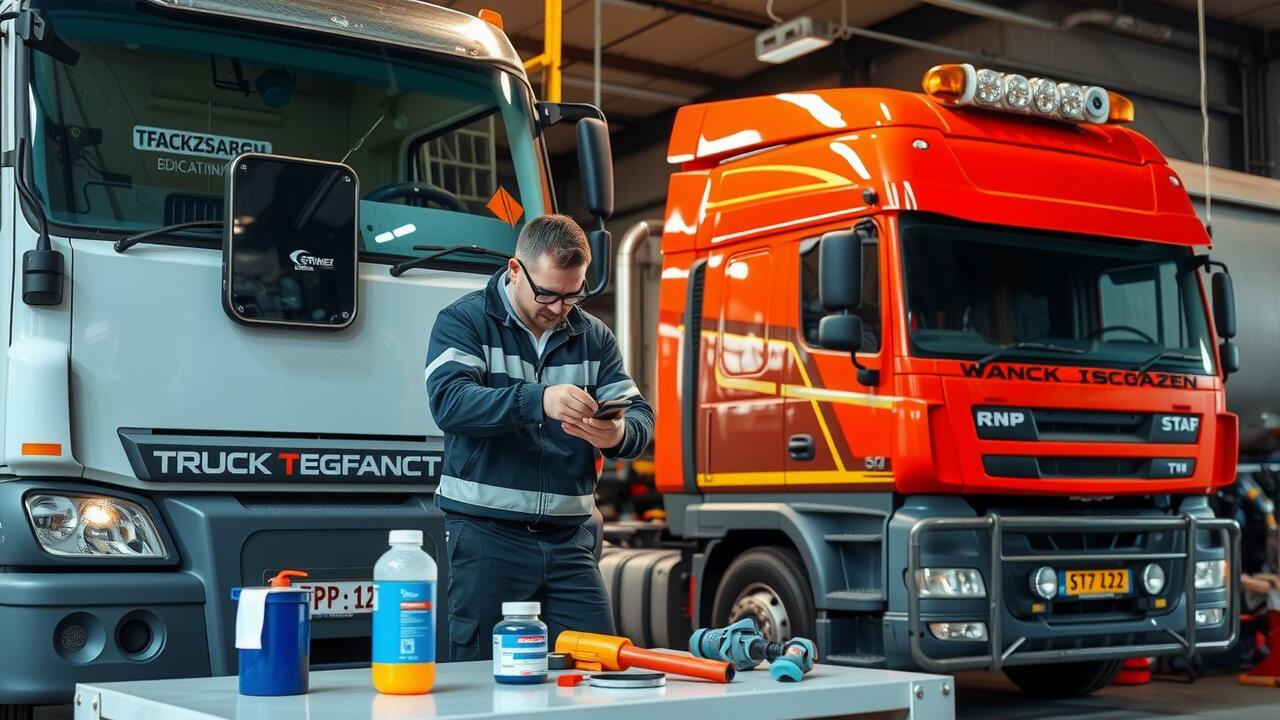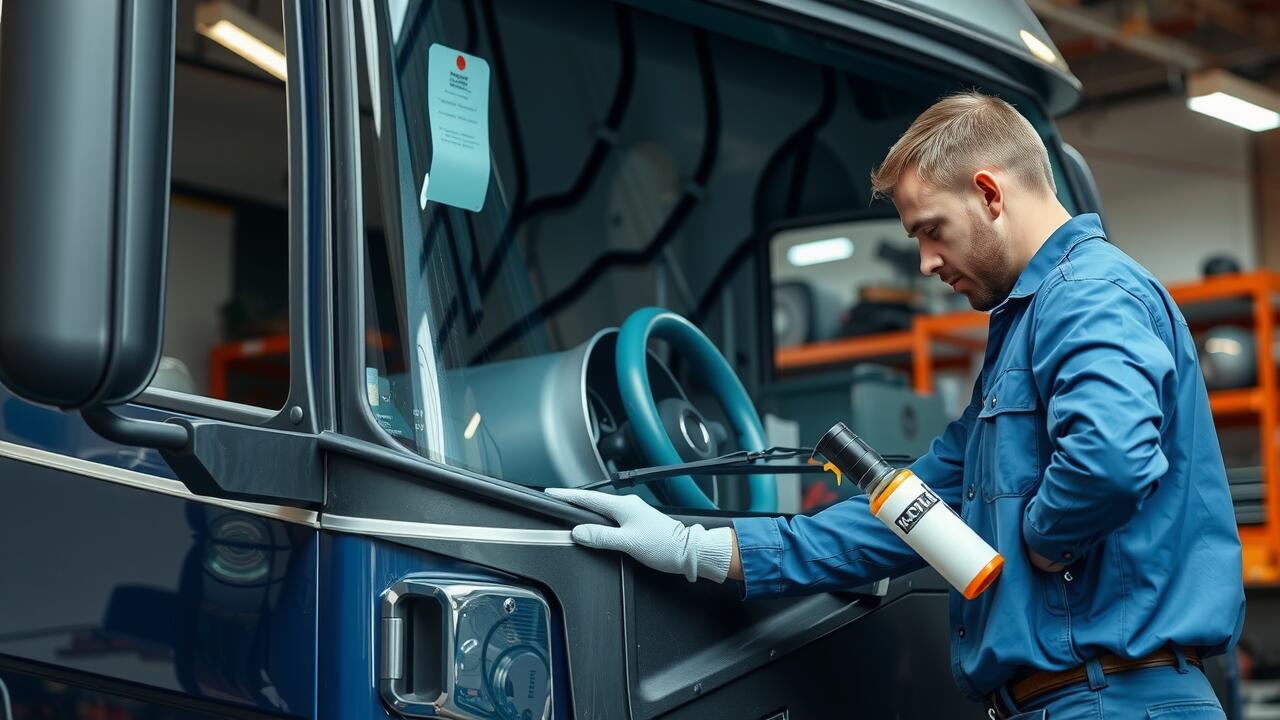
Table Of Contents
Additional Features for Truck Windscreens
Modern truck windscreens incorporate various features designed to enhance safety and comfort on the road. Impact resistance is a crucial characteristic, as it reduces the likelihood of shattering in the event of an accident or stone strike. Additionally, many windscreens come with built-in UV protection. This feature helps in blocking harmful ultraviolet rays, providing a more comfortable driving experience while also protecting the interior materials of the truck from sun damage.
For truck owners considering a truck windscreen replacement, it's essential to opt for screens that meet both regulatory standards and manufacturer specifications. Aftermarket options may offer enhancements or customisation, but they must adhere to legal standards to ensure safety. Proper installation and compliance with these standards are critical to avoid fines and ensure the vehicle remains roadworthy. Regular checks for quality and compatibility with the vehicle are vital during this process.
Impact Resistance and UV Protection
Truck windscreens must meet specific standards for impact resistance to ensure the safety of drivers and passengers. The glass used in truck windscreens typically adheres to Australian Design Rules (ADRs), which dictate the required level of durability. This means that the glass can withstand high-velocity impacts from debris, providing vital protection during operation. Ensuring that any truck windscreen replacement meets these standards is essential, as substandard materials can compromise the overall integrity of the vehicle.
UV protection is another key consideration for truck windscreens. Quality windscreens are designed to block harmful ultraviolet rays, which can lead to skin damage and contribute to interior fading. Not only does this feature enhance comfort for drivers over long distances, but it also helps preserve the vehicle’s interior components. Opting for a truck windscreen replacement that offers adequate UV protection can significantly improve the longevity and functionality of the vehicle.
Modifications and Aftermarket Windscreens
Modifications to truck windscreens can have significant implications for safety and legality. Ensure that any aftermarket windscreens comply with Australian Design Rules (ADRs). These regulations set minimum safety standards for vehicle equipment, including windscreens. Failing to adhere to these standards could result in penalties and compromise the safety of the vehicle.
When considering truck windscreen replacement, it is crucial to select products that are not only suitable but also certified for use. Some aftermarket options may claim to enhance performance or durability but might not meet the necessary legal requirements. Always consult with a professional to verify that any replacement windscreens provide the required levels of visibility and structural integrity.
Legal Implications of Alterations
The legal implications of alterations to truck windscreens can be significant. Modifications that deviate from manufacturer specifications may fail to comply with road safety regulations. Authorities may impose penalties if a truck windscreen replacement does not meet the necessary legal standards. Drivers should ensure that any changes made are documented and that they retain records of compliance with relevant laws.
Using aftermarket windscreens can lead to complications if the product does not satisfy safety requirements. Such alterations may impact warranty coverage and liability in the event of an accident. It is crucial for truck operators to research and select products that have been tested for impact resistance and UV protection, ensuring they pass inspections. Proper adherence to regulations will help avoid substantial legal consequences.
Maintenance and Inspection Guidelines
Proper maintenance and regular inspection of truck windscreens are crucial for ensuring safety and compliance with legal requirements. Drivers and fleet operators should conduct visual checks for any signs of damage, such as cracks or chips, which can compromise visibility and structural integrity. If significant damage is noted, timely action, like truck windscreen replacement, should be undertaken to maintain safety standards. Keeping the windscreen clean and free from obstructions is also vital, as dirt or debris can impair a driver’s field of vision and lead to potentially hazardous situations on the road.
Routine inspections should align with Australian safety regulations and guidelines specific to trucking. Windshields should be examined periodically to ensure they meet the necessary impact resistance standards and are free of any modifications that could affect their performance. Documentation of any repairs or truck windscreen replacement should be maintained to demonstrate compliance during inspections. Involving professionals for comprehensive safety checks can also help identify issues that might otherwise go unnoticed, effectively safeguarding both the driver and the vehicle.
Regular Checks for Safety Compliance
Regular checks for safety compliance are essential for ensuring that a truck's windscreen meets legal standards. Truck owners must inspect the windscreen for any signs of damage, such as cracks or chips that could impair visibility. Minor damage can often escalate if left unattended, making it crucial to address any issues promptly. Regular maintenance also includes ensuring that the windscreen wipers are functioning correctly and that the washer fluid is topped up to enhance visibility during adverse weather conditions.
In addition to routine inspections, truck windscreen replacement might be necessary if damage exceeds permissible limits established by safety regulations. Compliance with these regulations not only protects the driver but also shields other road users from potential hazards. Keeping abreast of any legislative changes related to windscreen standards is vital for truck operators, as it guarantees that their vehicles remain compliant and safe to operate on Australian roads.
FAQS
What are the basic legal requirements for truck windscreens in Australia?
Truck windscreens must comply with Australian Design Rules (ADRs), which set safety and performance standards. This includes criteria for impact resistance, visibility, and any modifications made to the windscreen.
Do truck windscreens need to have UV protection?
Yes, Australian regulations often require windscreens to provide UV protection to safeguard drivers and passengers from harmful sun exposure while ensuring visibility.
Can I modify my truck's windscreen with aftermarket options?
While aftermarket options are available, any modifications must comply with the legal requirements set by ADRs. It's important to check with relevant authorities to ensure the modifications are compliant and do not compromise safety.
What are the legal implications of having a damaged windscreen?
A damaged windscreen can lead to penalties if it obstructs the driver's view or does not meet safety standards. Regular inspections and compliance with maintenance guidelines are essential to avoid fines and ensure road safety.
How often should I inspect my truck's windscreen for safety compliance?
It is recommended to conduct regular inspections, typically every six months or more frequently if the truck is frequently used. Regular checks help identify any damage or wear that may affect safety compliance and visibility.
